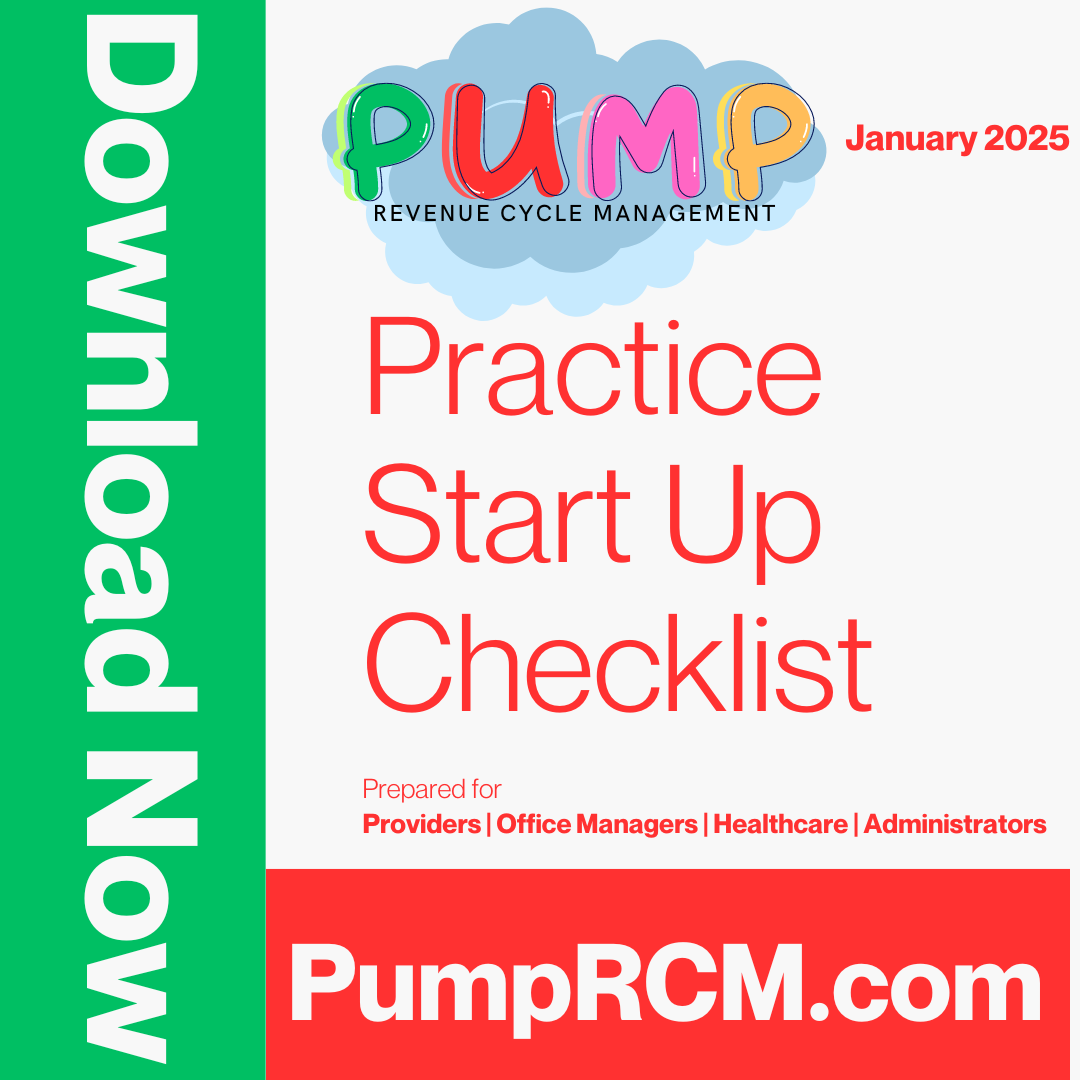A Comprehensive Guide on Just How Medical Care RCM Functions to Improve Billing and Collections
Browsing the intricacies of healthcare profits cycle management (RCM) is vital for suppliers aiming to improve their billing and collections procedures. The overview unboxes the ins and outs of RCM, from person enrollment to accounts receivable monitoring, offering understandings into maximizing each action.
Recognizing Revenue Cycle Management
RCM is an important administrative function that includes the entire monetary process of patient care, from the preliminary visit establishing to the last payment of the equilibrium. It is a complex procedure made to determine, collect, and take care of the profits from the services given to individuals.
The RCM process starts when a client schedules a consultation and prolongs via the client's treatment journey, consisting of invoicing and collections. A key goal is to reduce the time in between getting and providing a solution payment, therefore boosting the organization's economic health. RCM includes numerous functions such as person registration, insurance policy verification, charge capture, coding, declares entry, payment publishing, and handling allures and denials.
Trick Parts of RCM
In the world of Earnings Cycle Administration (RCM), understanding its crucial components is essential to attaining economic efficiency within health care companies. RCM is a comprehensive process that incorporates various stages, each important to guaranteeing efficient payment and collections. The key components include client enrollment, insurance policy verification, cost capture, coding, case entry, payment publishing, and balance due administration.


Once coded, claims are sent to payers, where precision is paramount to avoid rejections or hold-ups - Healthcare RCM. Settlement posting entails taping the gotten repayments, which enables the settlement of accounts. Finally, balance dues management concentrates on monitoring and attending to overdue claims, ensuring timely follow-up and resolution
Each component of RCM is adjoined, and inadequacies in any type of component can interfere with the entire cycle. Consequently, understanding these elements is essential for healthcare providers to optimize income and boost their economic health.
Techniques for Effective Payment

Systematizing invoicing treatments across the organization is one more vital strategy. Developing clear standards for documents, coding, and submission aids preserve consistency and compliance with regulatory needs. Educating staff on a regular basis on these treatments makes certain everyone is up-to-date with the most recent adjustments in payment codes and payer policies.
Accurate charge capture is crucial in stopping revenue leakage. Implementing regular audits and tracking systems permits the recognition and improvement of disparities prior to they impact earnings. In addition, maintaining open lines of communication with payers aids to swiftly settle any type of disagreements or misconceptions that may occur.

Last but not least, appealing clients early in the billing process by supplying clear quotes and instructional products concerning their monetary duties can significantly lower confusion and enhance payment timeliness. These strategies jointly add to an extra reliable and economically healthy and balanced billing system.
Enhancing Collections Processes
A robust collections process is important for keeping economic stability within health care organizations. Given the complexities of clinical payment and the variety of payer needs, improving the collections process includes applying tactical procedures that make sure prompt and precise settlement of services rendered. Central to this is using technology to automate and improve procedures, reducing hands-on mistakes and boosting performance. Automation tools can assist in tracking insurance claim standings, sending out prompt reminders to clients, and taking care of rejections better.
Training staff to understand the nuances of insurance plan and payment codes is similarly essential. This knowledge encourages them to resolve payment disparities swiftly and interact properly with clients concerning their economic obligations. Additionally, clear and clear client communications are vital. Giving detailed explanations of costs and providing flexible layaway plan can enhance patient complete satisfaction and prompt payments.
Normal audits of the collections process should be carried out to recognize locations for enhancement and make certain compliance with regulations. By assessing information, medical care organizations can determine fads, anticipate possible problems, and adapt methods accordingly (Healthcare RCM). Eventually, a well-enhanced collections process not just supports economic health but also more helpful hints contributes to a much more smooth experience for clients and team alike
Optimizing Profits Streams
Structure upon the structure of a strong collections procedure, medical care organizations can further reinforce their monetary stability by tactically optimizing revenue streams. This involves a multi-faceted strategy, beginning with a thorough evaluation of existing profits resources to determine ineffectiveness and areas for growth. Using innovative information analytics devices allows organizations to acquire understandings into payer mix, individual demographics, and service usage patterns, permitting data-driven decisions that improve profits capture.
Implementing automated invoicing systems can significantly minimize mistakes and expedite cases refining, guaranteeing that income is accumulated a lot more efficiently. Moreover, maximizing payer agreements with routine negotiations can enhance reimbursement prices and terms, straight influencing the lower line. Expanding service offerings, such as integrating telehealth or health programs, can additionally draw in a wider person base, therefore raising profits potential.
Another essential component is boosting client visit the site involvement and complete satisfaction, as completely satisfied people are most likely to abide by treatment plans and make timely payments. Supplying adaptable repayment choices and anonymous clear billing techniques can boost collections and foster individual commitment. Healthcare RCM. By adopting these approaches, health care companies can create a much more resistant monetary structure, making certain continual development and security in an ever-changing industry landscape
Final Thought
In verdict, healthcare Earnings Cycle Monitoring (RCM) plays a critical function in enhancing payment and collections processes by incorporating essential parts such as client registration, insurance policy verification, fee capture, coding, asserts entry, and accounts receivable management. By using innovative modern technology, standardizing treatments, and fostering individual involvement, health care service providers can significantly minimize case denials, increase payment cycles, and improve cash circulation. This extensive strategy to RCM ultimately leads to improved monetary performance and sustainability for healthcare organizations.
The RCM process starts when a person schedules a consultation and extends through the client's care trip, consisting of payment and collections.Another important part is boosting individual engagement and fulfillment, as completely satisfied people are more most likely to adhere to treatment plans and make timely repayments. Supplying adaptable settlement alternatives and clear billing techniques can boost collections and foster patient loyalty.In final thought, medical care Earnings Cycle Administration (RCM) plays a crucial duty in maximizing payment and collections procedures by incorporating vital components such as patient enrollment, insurance policy confirmation, charge capture, coding, claims entry, and accounts receivable monitoring. By using innovative modern technology, systematizing treatments, and promoting individual involvement, medical care companies can significantly decrease claim rejections, increase settlement cycles, and boost money flow.